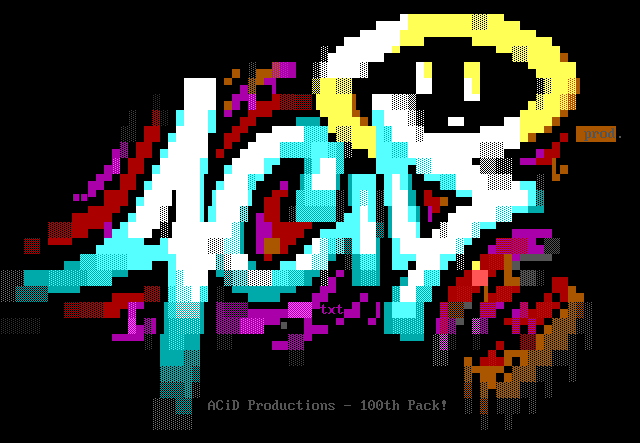I’ve been getting into cracking DOS software, focusing on BBS software, doors, utilities, etc. My latest project is a keygen (registration # and key file generator) for SuperBBS 1.17-3. I understand that, like a lot of BBS software, the source code and registration tools for SuperBBS were lost to time. You can download SuperBBS 1.17-3 from Jason Scott’s BBS Documentary website: http://software.bbsdocumentary.com/IBM/DOS/SUPERBBS/
The keygen ‘SBBSKEY2.ZIP’ is available for download in file area 4 (cracks) of Another Millennium BBS, another.tel port 23.
-------------------------------------------------------------------------------
SuperBBS 1.17-3 KEYGENv2 by akacastor 2024-04-10
-------------------------------------------------------------------------------
The SBBS-KEY keygen will generate a registration number to enter in CONFIG and
a .SCC file that must be placed in the SBBS directory.
You _MUST_ do _BOTH_ of:
1) Enter Sysop Name, BBS Name, and Reg # under Registration in CONFIG.
and
2) Place the generated .SCC file in your SBBS directory (where BBS.EXE lives).
The timestamp of the .SCC file cannot be altered! SuperBBS includes the .SCC
file timestamp in its verification checks.
-------------------------------------------------------------------------------
usage: SBBS-KEY "Sysop Name" "BBS Name"
NOTE - don't forget the quotes around each name!
-------------------------------------------------------------------------------
example:
C:\CRACKS>SBBS-KEY "Sysop Name" "BBS Name"
T H E @ ############
@ @ #### ###
SuperBBS 1.17-3 @@@ ### ####
KEYGENv2 by akacastor 2024-04-10 @@ @@@@ @@ ### ####
@@@ @@ @@ ### ###
@@ @@@@ @@ ### ####
@@ @@ @ @@ ### ###
Place .SCC file in SBBS directory. @ @@ @@ @ ### ####
@ @@ @@ @@@@##########
NOTE: the .SCC file timestamp must @ @@ @@ @@@@@@ ###
not be changed! @ @@ @@@@@@ @ ###
@ @@ @@@@@@ @ #M#
@ @@@@@@ @@ @ #t#
Sysop: Sysop Name @@ @@@@ @@ @@ #M#
BBS: BBS Name @@@@@ @@@@ ###
Reg #: 37603203 @@@ @@@ @@ ###
@@@ @@ @@@@@@@@ @@@ #####
SCC File: 917C5F7C.SCC @@ @@ #########
SCC Date: 2024-04-10 00:54 @@ @@
@ @ C L A S S
guess what... 1994, 2024, your shit's still getting cracked.
it's just now more of a philanthropic move instead of an anarchist one
-------------------------------------------------------------------------------


I’m using IDA for disassembly and DOSBox-X for debugging, still kinda learning the ropes in 16-bit DOS disassembly but am finding the right tools actually work pretty well, at least in a lot of cases.
I looked at the 386 version (32 bit) of the Blue Wave mail reader and IDA did a great job of decompiling the key check function - I was very impressed - I was even able to copy and paste parts of the code from the decompilation into a keygen. Too bad IDA doesn’t decompile 16-bit code - I may have to look into Ghidra sometime for that.
The MS-DOS debugger (DEBUG) is also surprisingly useful and powerful, considering its humble stature as ‘some old thing in the DOS directory’. ;) Using the DOSBox-X debugger has advantages, but the simple DOS DEBUG utility was enough to figure out a couple keygens too.